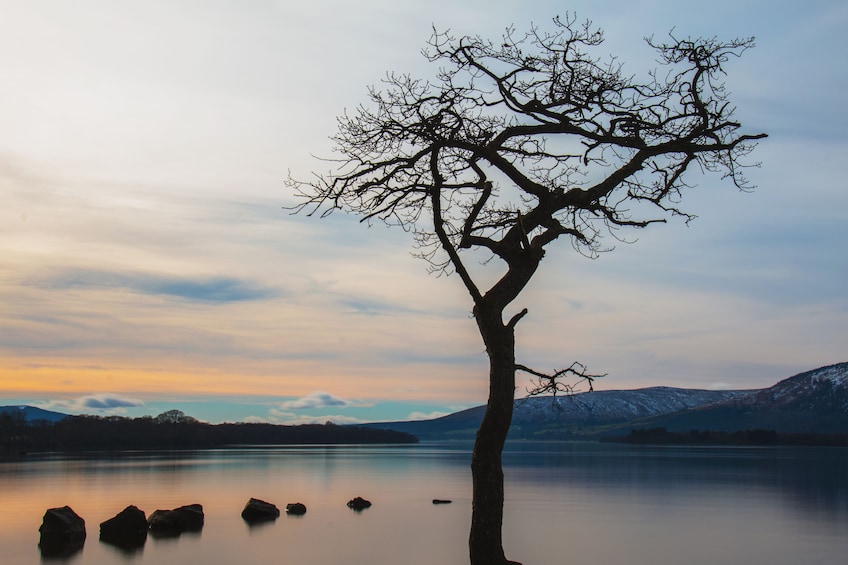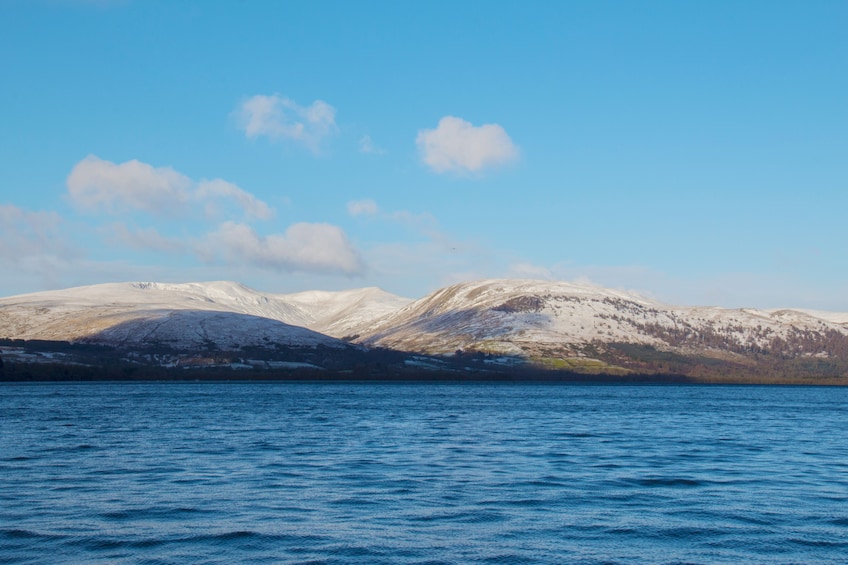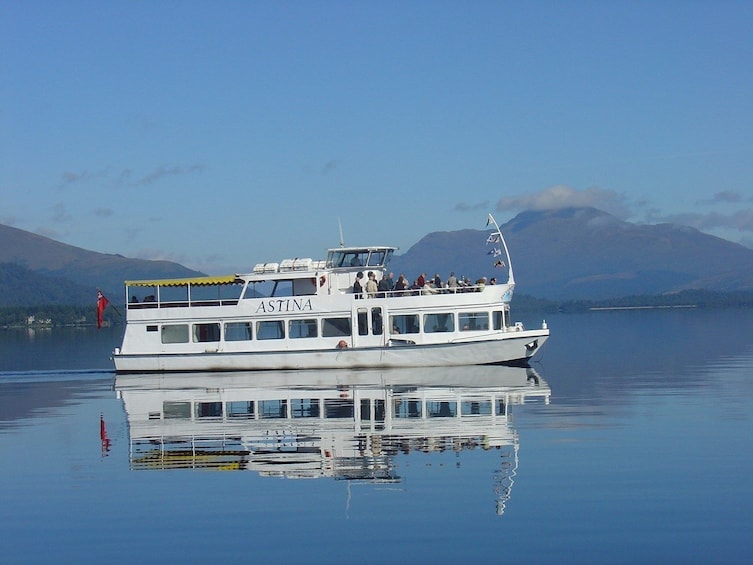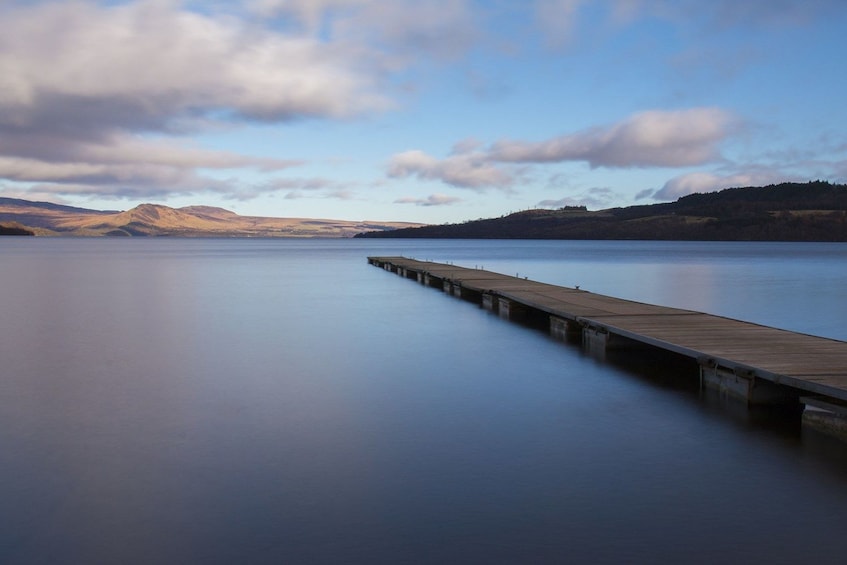Heading west towards Loch Lomond, we take time for a short panoramic tour of Scotland's largest city, Glasgow and see how this once industrial giant is again flourishing. Soon after passing the River Clyde, world famous for it’s heavy industry and shipbuilding, we stop on the Bonnie, Bonnie banks of Loch Lomond, Britain's largest expanse of water. Here there will be time for a boat trip or a ramble, as you wish. The Loch Lomond and Trossachs area, recently designated a National Park, is a place where the magnificent landscape has fired the imagination of writers and artists for centuries.
Moving on, we soon come to the village of Aberfoyle, the gateway to the Trossachs, where we will stop for lunch. With its lochs, glens and heather covered mountains, this area is well known as “Highlands in Miniature” and was a favourite destination of Sir Walter Scott, therefore the location was used as the backdrop for the movies adapted from his books “Rob Roy” and “The Lady of the Lake”.
Driving through the town of Callander & past Doune Castle, which featured in the movie 'Monty Python and the Holy Grail', we head to Stirling. On top of a volcanic rock sits historic Stirling Castle where we will stop for at least an hour to allow you time to wander the grounds of the Castle or perhaps enjoy a refreshment in The Castle's Unicorn Café , its name comes from the many statues and other representations of unicorns that can be seen around the castle.
With breath-taking views of the Forth Valley, the site of William Wallace's famous victory in 1297 and of course, the Wallace Monument - a 200 ft tribute to the man immortalised in the movie 'Braveheart'. Stirling Castle is one of Scotland’s grandest castles due to its imposing position and impressive architecture. The Scenery will take your breath away.
Heading southwards, we enjoy a relaxing drive home listening to Scottish music while passing Bannockburn, scene of Robert the Bruce's famous victory over the English in 1314, and Linlithgow Palace, the birthplace of Mary Queen of Scots in 1542.




